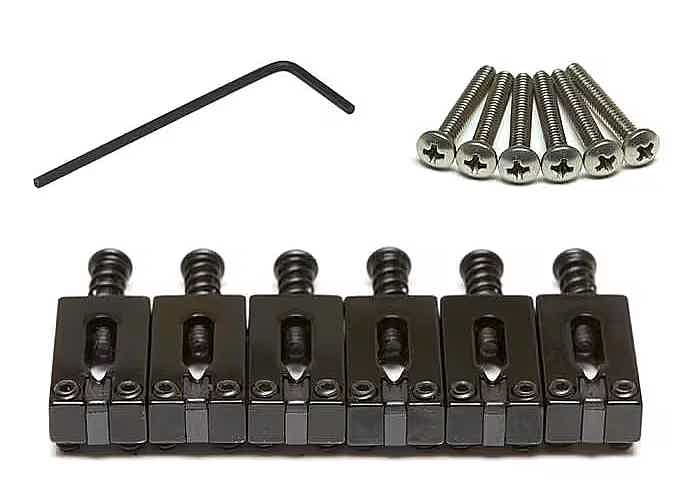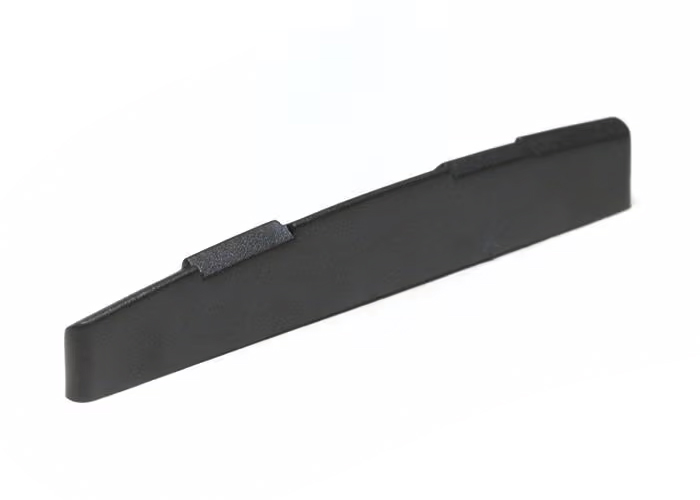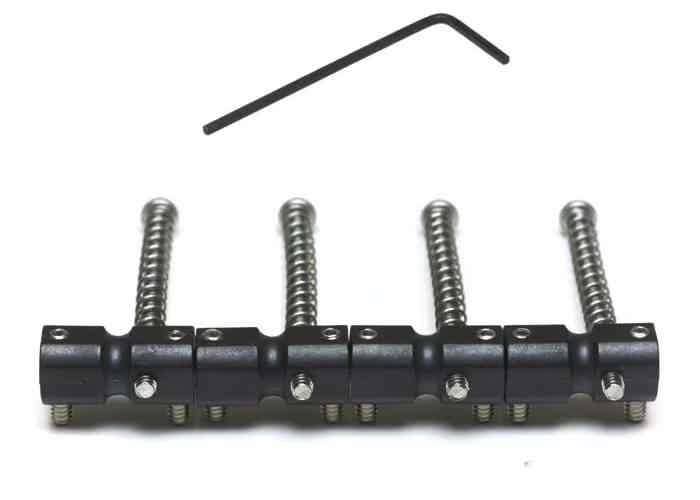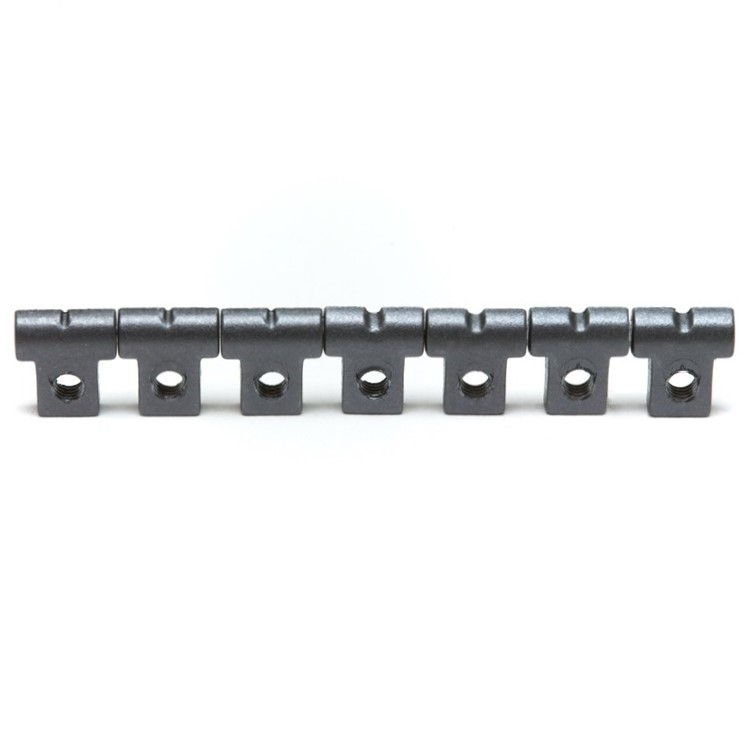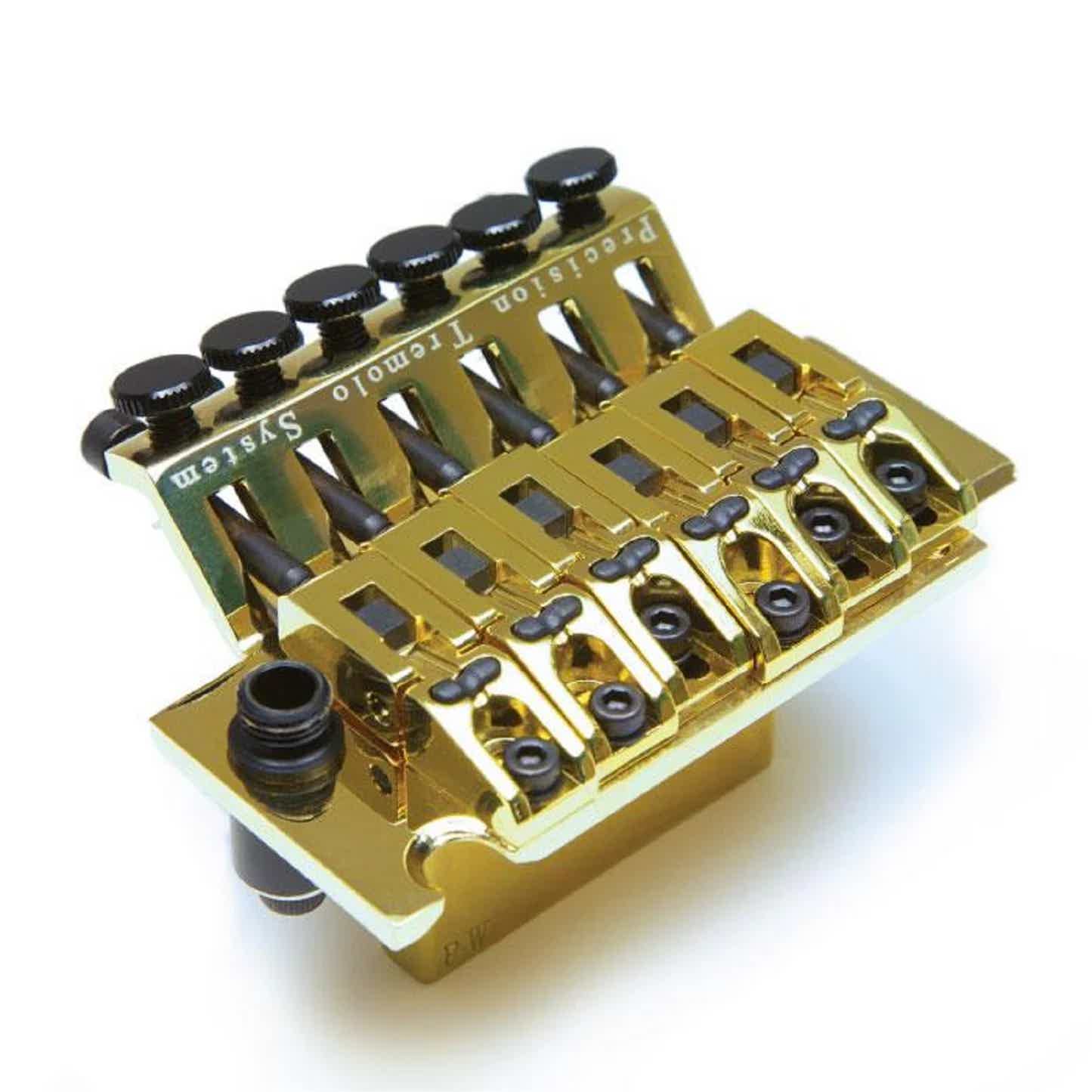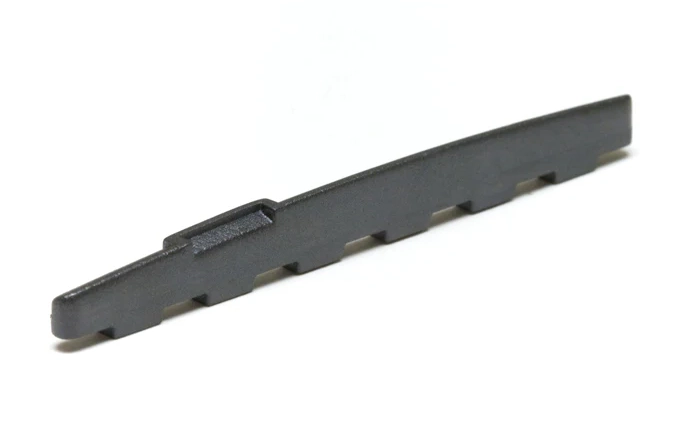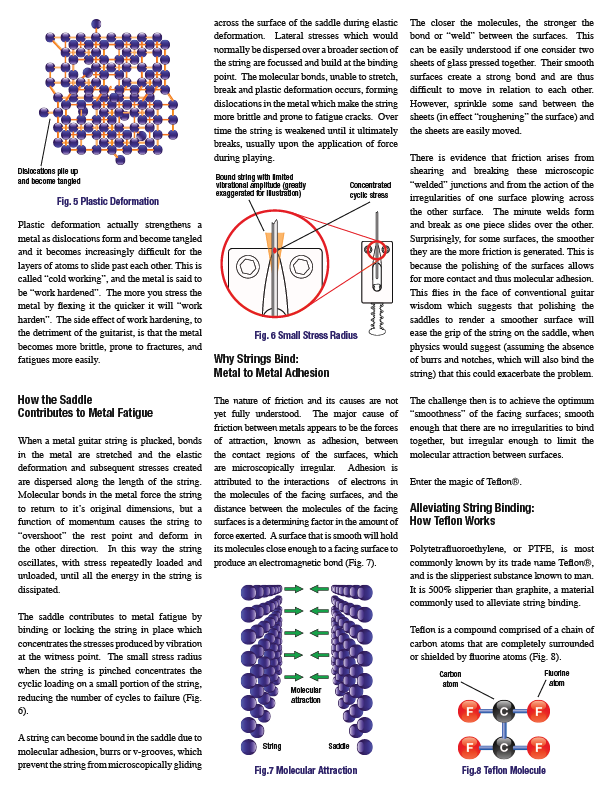
No matter how hard you play,
String Saver® Saddles drastically reduce string breakage... by up to 90% or more.
We Guarantee It!
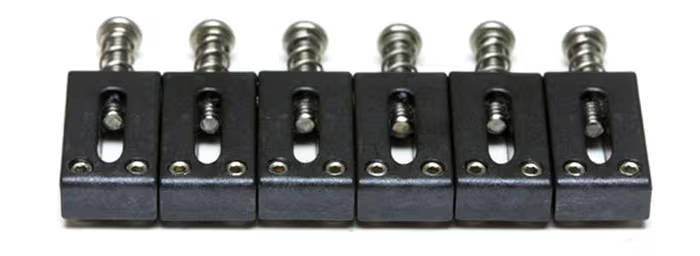
Installing String Saver® Saddles will reduce string breakage by up to 90%! Experience a full-bodied sound and enjoy up to a 25% increase in sustain. Say goodbye to string-bustin' blues today! Designed to dramatically reduce string breakage while enhancing your overall performance. String Saver Saddles increase harmonic content, richness, and sustain, while also improving midrange depth and balance. Permanently lubricated, they ensure better tuning stability and are corrosion-resistant, inspiring confidence in every performance.
Dare that string to break! Play in the moment, don't think about breaking a string
When you are playing, nothing breaks up the magic like breaking a string. Imagine the freedom of not worrying about breaking a string when you are really digging in! String Savers are trusted by top manufacturers like Tom Anderson, Fender, Kiesel, Yamaha, famous and not so famous player around the world. String Saver Saddles are a must have upgrade for any guitar equipped with regular metal saddles, empowering musicians to play longer, harder and with greater confidence.
Why String Saver® Saddles work
String Saver Saddles are permanently lubricated – the saddles design and the permanent lubrication microscopically gives the string a slight bit of "play" at the witness point of the string leaving the saddle. This play at the witness point greatly reduces metal fatigue, the main cause of string breakage. You will be amazed at the difference.
Enhanced Tone and Sustain – You will experience a enhance harmonic content, richness, and a balanced tone of lows, mids and highs.
Experience the difference with String Saver Saddles® today!
Guitar string breakage and metal fatigue explained: Downloadable guide (click the image)
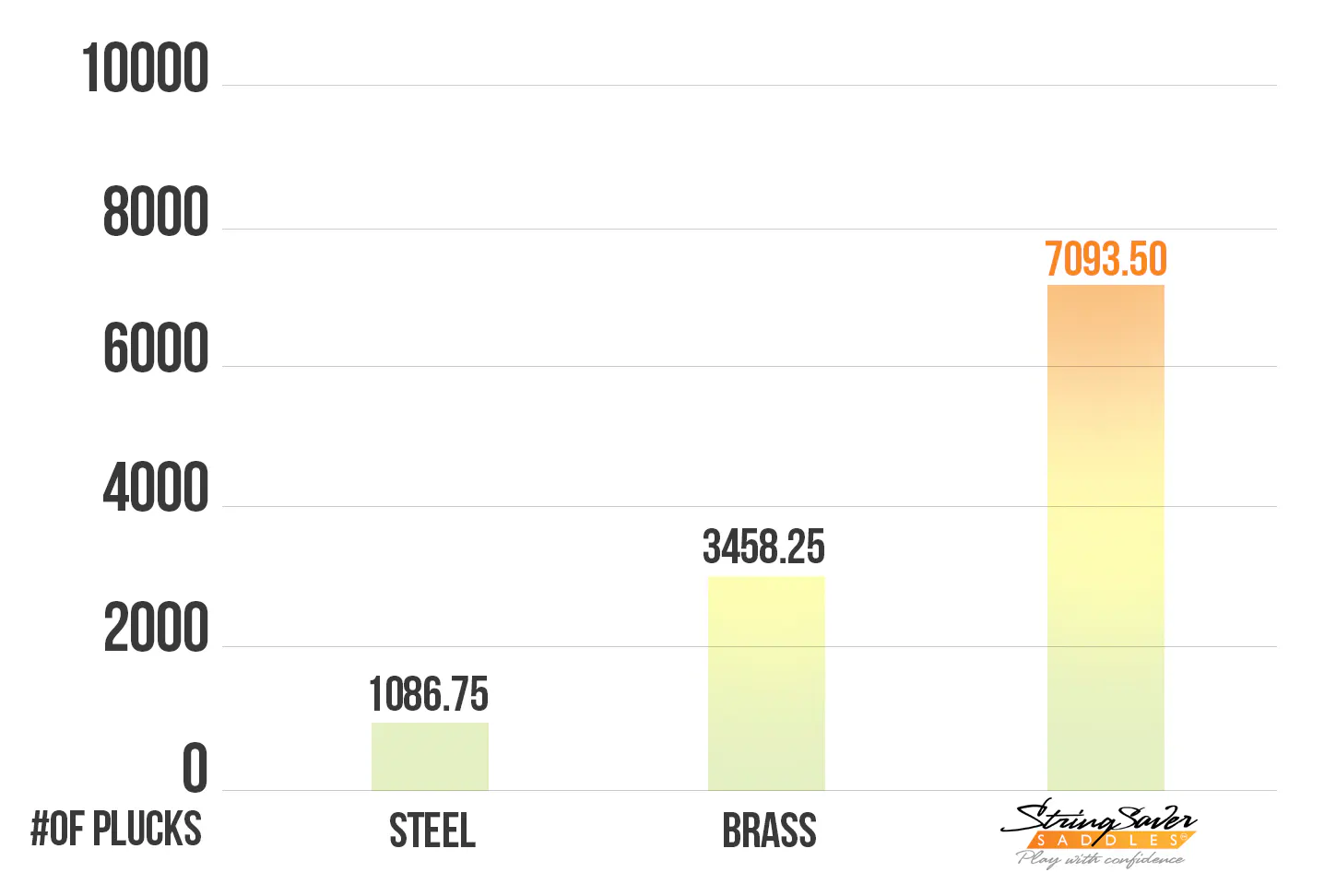
What do they sound like?
Our patented String Saver® Saddles are crafted from unique String Saver® Saddles material, delivering a balanced tone across the entire spectrum. Musicians who previously broke one or two strings per night are now amazed to go weeks or months without breakage!
Unlike metal saddles, which create a sharp 2K spike, our saddles allow highs, mids, and lows to shine, opening up new tonal possibilities. Trusted by top artists like Kenny Wayne Shepherd, Dick Dale, Tim Reynolds, and Randy Bachman.
String Saver® Saddles Classics feature high-quality steel saddles with our patented String Saver® Saddles material in the string ramp, preserving the classic metal look while eliminating string breakage issues.
Once you experience our String Saver Saddles®, you won't go back!

“I put String Saver saddles on every instrument I touch.”
SEAN PADEN,
Guitar Tech, Guns ‘n’ Roses.

"I don't have time for wussy saddles! I need string saddles that can take it! Not get caught up and heat up strings. I wouldn't think of playing "the Beast" without String Saver saddles, and you can take that to the bank!"
DICK DALE
King of Surf Guitar

“I like String Saver saddles because they save my strings from breaking...I’ve been using them now for at least 10 years, if not longer, and I’ve noticed a significant
decrease in string breakage...”
KENNY WAYNE SHEPHERD
Reprise Records

“Thanks so much for the String Saver Saddles. I have them on my stage guitars and this past summer while touring with The Guess Who, I never broke one string!”
RANDY BACHMAN,
The Guess Who & B.T.O
Graph Tech has created some of the world's most recognized products and brands in the music industry
The list of industry firsts include the world's first self-lubricating nut in 1983, String Saver Saddles the first saddle to drastically reduce string breakage, TUSQ man-made ivory, and Ratio machine heads.


